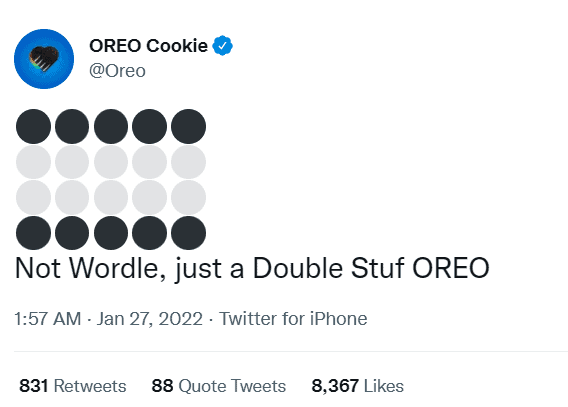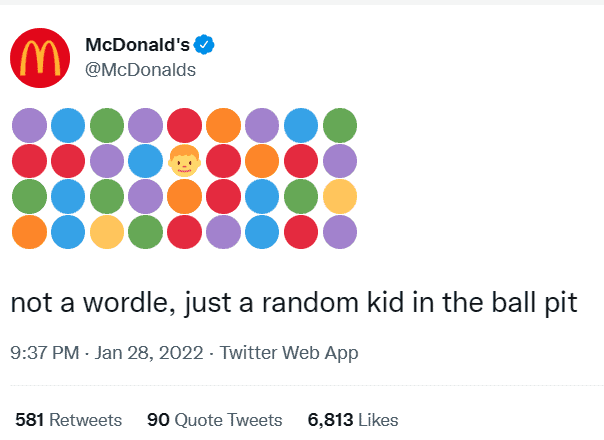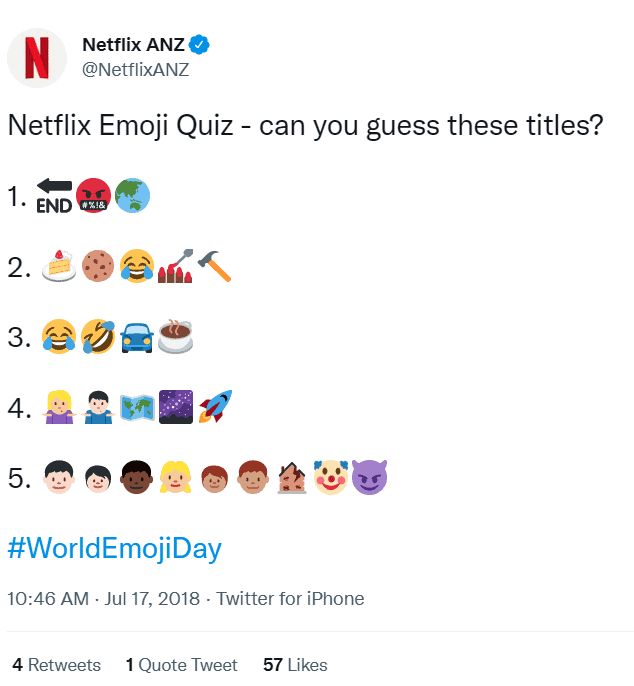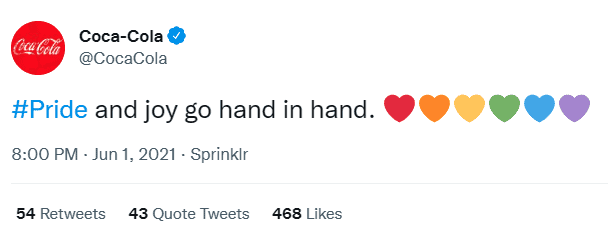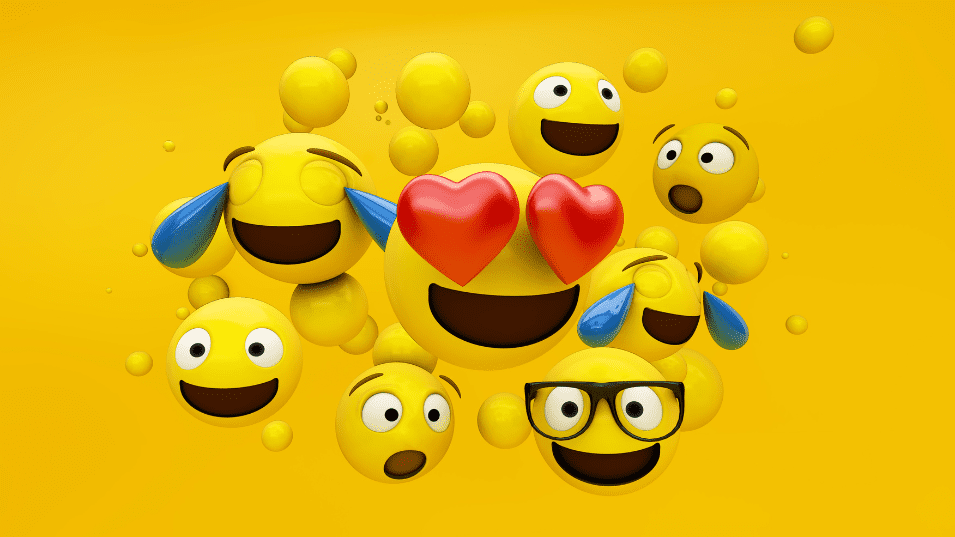
23 Feb Using Emojis in Brand Communication
With over 3,363 emojis to choose from and more than 5 billion used each day alone, emojis are now a universal language and have fast become an essential part of a modern communication strategy.
They are present in almost every form of digital marketing – from social content to mailers and SMSes. And it’s not just millennials who use emojis; people of all ages – young and old – are using them, including brands.
When used correctly, emojis can be a powerful way to engage with your customers. In fact, it’s a surefire way to increase engagement. Here are the numbers to back that bold statement up:
- Emojis increase engagement by 25% on Twitter
- Emojis increase engagement by 57% on Facebook
- Emojis increase engagement by 48% on Instagram
- The open rate of emails with emojis in the subject line is 56% higher compared to the plain subject lines
- 44% of people are more likely to purchase products advertised using emojis
Why are emojis so effective?
How can something as simple as an emoji have such a significant impact on brand engagement?
For starters, they help to humanise a brand and make it more relatable. After all, people seek to do business with people, not companies.
Secondly, emojis are fun, attention-grabbing, expressive, and true proof of how an image can be worth a thousand words.
They also add context to your messaging in an engaging way and appeal to the emotions of your audience, which helps to build trust and rapport. Think about it: when we speak face-to-face, we don’t rely on the words alone to convey and gauge emotion. As much as 70% of human emotional expression comes from non-verbal cues such as facial expressions, body language and tone. Emojis elicit similar responses for the reader as human faces do.
Last, but certainly not least, emojis are universally understood, no matter which language you or your customers speak.
Best practices for using emojis
Don’t use too many. It can be easy to get carried away and have a little too much fun with them, but when you go overboard, your messaging can come across as too tacky, distracting and doesn’t add any value to your messaging.
Keep it simple and use familiar emojis that are self-explanatory and leave little to no guesswork without running the risk of its meaning being misconstrued.
Consider the visual slang definitions for certain emojis. For example, 🍑 doesn’t necessarily mean a peach – most people use it for something entirely different! You don’t want to go viral for the wrong reasons when posting something with a not-so-appropriate meaning.
Emojis are a supplement, not a substitute for words. This way, if the emoji doesn’t get rendered, customers will still understand your message.
Check how they display. Keep in mind that the exact same emoji can look very different on different devices, and your recipient will see it the way their device displays it. Check out Full Emoji List or Emojipedia to see how your emojis will render across different platforms.
Use them as an accessory, not a strategy on their own. They don’t replace good copy, so you can’t rely on them to save an otherwise dull mailer, SMS or social post.
Test what works and what doesn’t. While the case is strong that emojis work for pretty much all brands, the best way to incorporate them is to A/B test different variations and see what gets the best response.
Brands who get it right
When Wordle went viral towards the end of 2021, brands got creative by using emojis in their social posts.
Netflix used emojis to engage followers by guessing the movie or series title.
Domino’s came up with a clever campaign that enabled customers to order pizza simply by tweeting a pizza emoji, which in turn increased their sales significantly.

Coca-Cola tweeted emoji hearts in rainbow colours in support of LGBT Pride Month.
World Wide Fund for Nature (WWF) created custom-made emojis of endangered animals, where users can tweet their support and directly contribute to the conservation of the animal whose emoji they used.
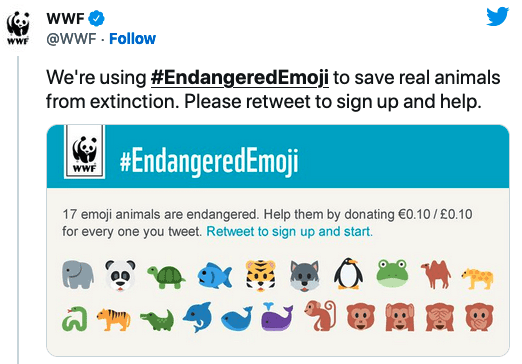
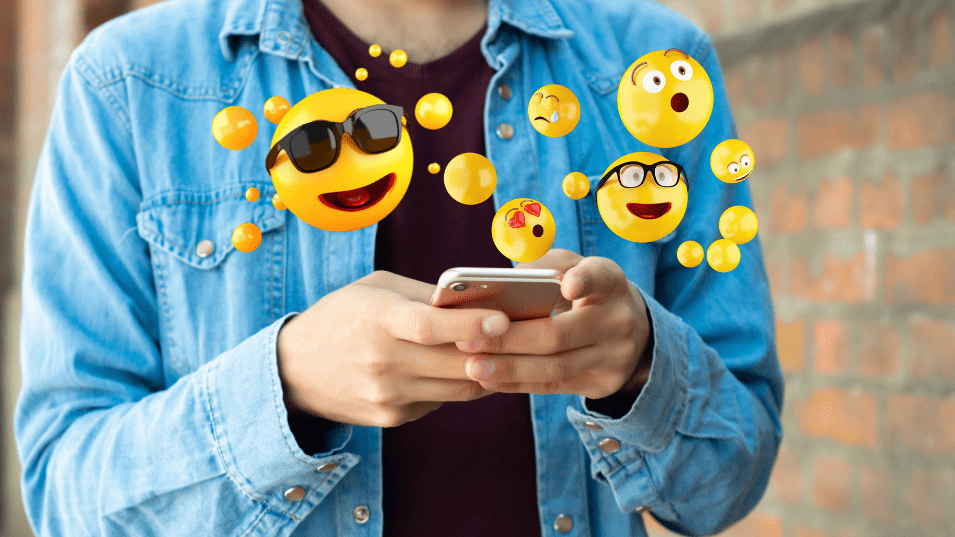
Final thoughts
The humble emoji has come a long way since its inception in the 1990s. (Yes – believe it or not, emojis are over 30 years old!) These eye-catching icons have changed the culture of online communication and how brands interact with their audience. To speak to your customers, you should speak their language, and the emoji is one of them.
What are some of your favourite emojis to use for your brand? Drop them in the comments below.
Whether it’s learning to use emojis or understanding Online Marketing for Business, our digital marketing team is ready to answer your questions!
Originally posted 2022-08-18 11:16:59.

